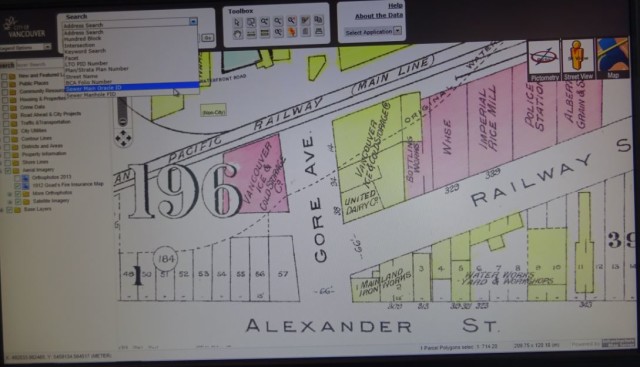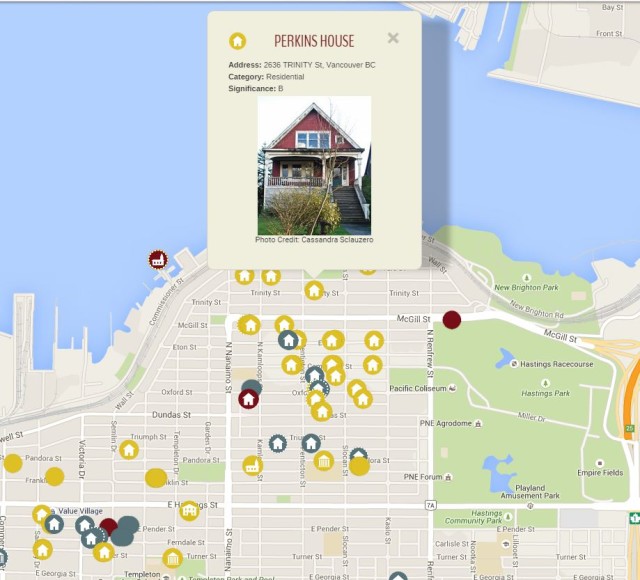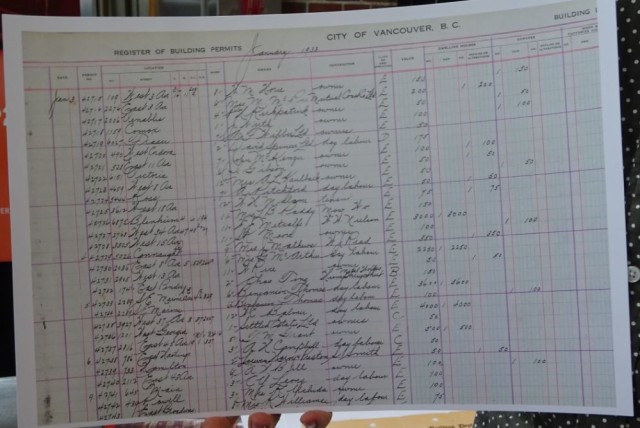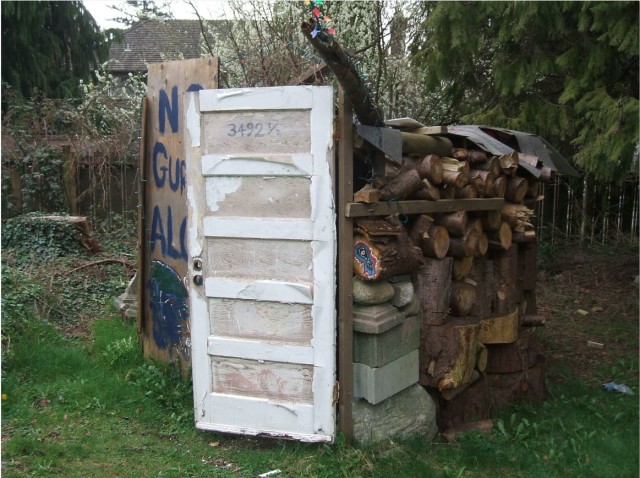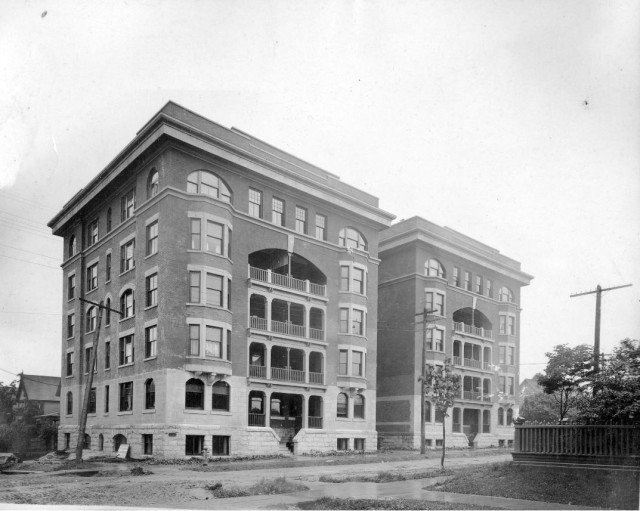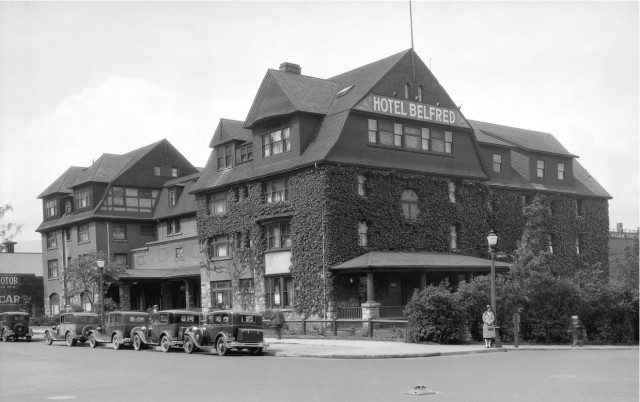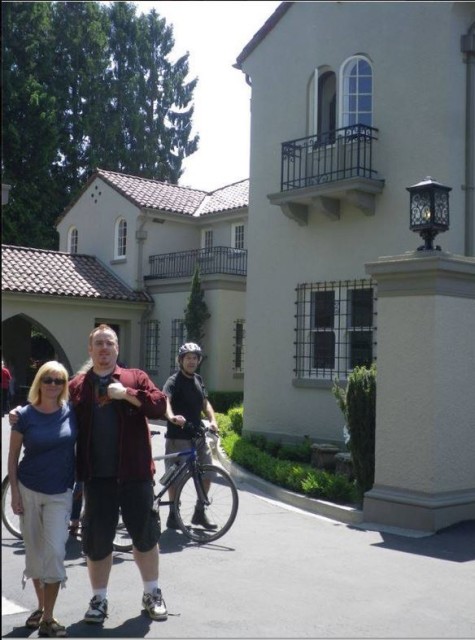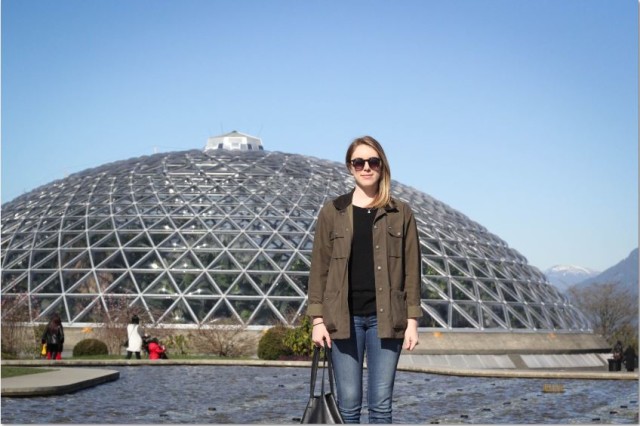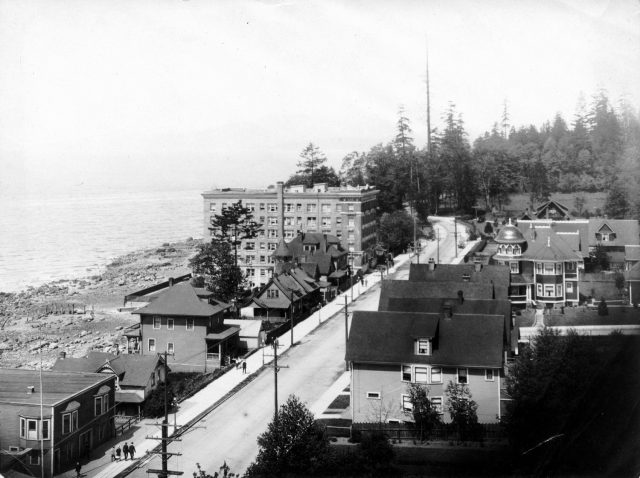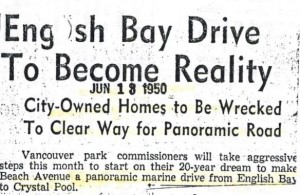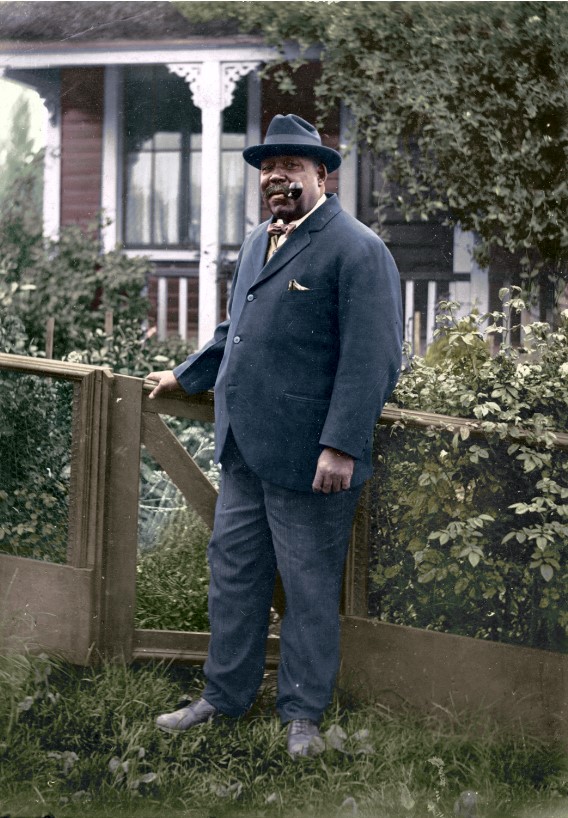City archivist Heather Gordon says the recent donation of a whopping two million negatives from the Sun and Province (Postmedia) photo library is the largest photographic collection that Vancouver Archives has ever received. It’s also one of the most important.
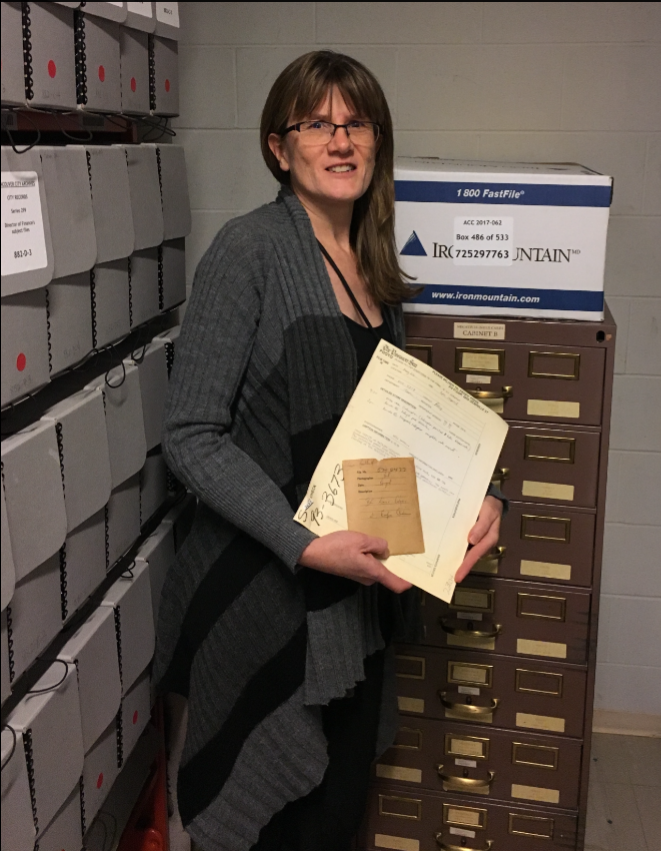
“The Sun and Province photographers were everywhere, documenting everything, so their work is an extraordinarily valuable source of information about Vancouver particularly between 1970 and 1995,” she says. “I haven’t had a chance to really dig into the content, but I’m looking forward to seeing skyline shots and photos of neighbourhoods through the 70s, 80s and 90s. I suspect there will be coverage of events such as early PRIDE parades and there are some great aerial shots of the city that will be great for research.”
There are also a number of images from the 1940s, ‘50s, and ’60s including the 1948 Fraser Valley floods and the 1954 British Empire and Commonwealth Games.

Kate Bird, author of Vancouver in the Seventies and City on Edge, and a PNG librarian for 25 years, helped manage the large collection.
When Kate started in 1990, there were 20 staff members working in the library, now there’s just Carolyn Soltau who manages the collection. “Over the years we tried really hard to get more public access to it—to take the digital image archive and make some of those images available online, but we never got any traction, there was no money for it.” says Kate.
Bird says that in the 1970s two dozen photographers worked either for the Sun or the Province shooting over 4,000 assignments each year (that’s over 10,000 rolls of film a year).
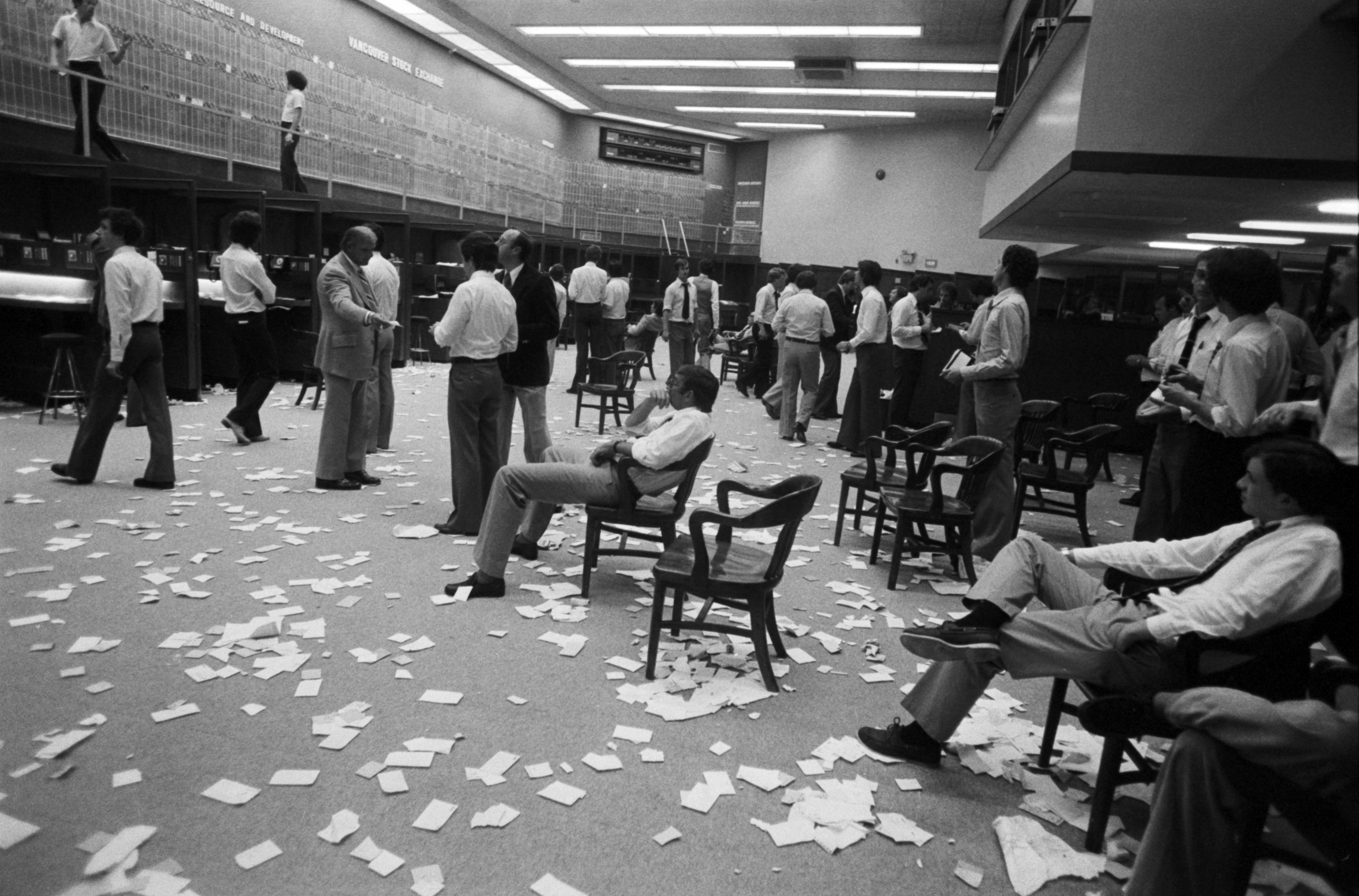
“That’s how much stuff there is—every part of the city’s history—news, business, sports, entertainment, lifestyle, Smile of the Day—you name it.”
Gordon says she can’t put a value on the collection just yet, but she’ll be having it appraised later this year.
Postmedia retains the copyright, but local history writers can relax, the images will be freely available for research and news reporting. Commercial users will have to ante up to Postmedia.
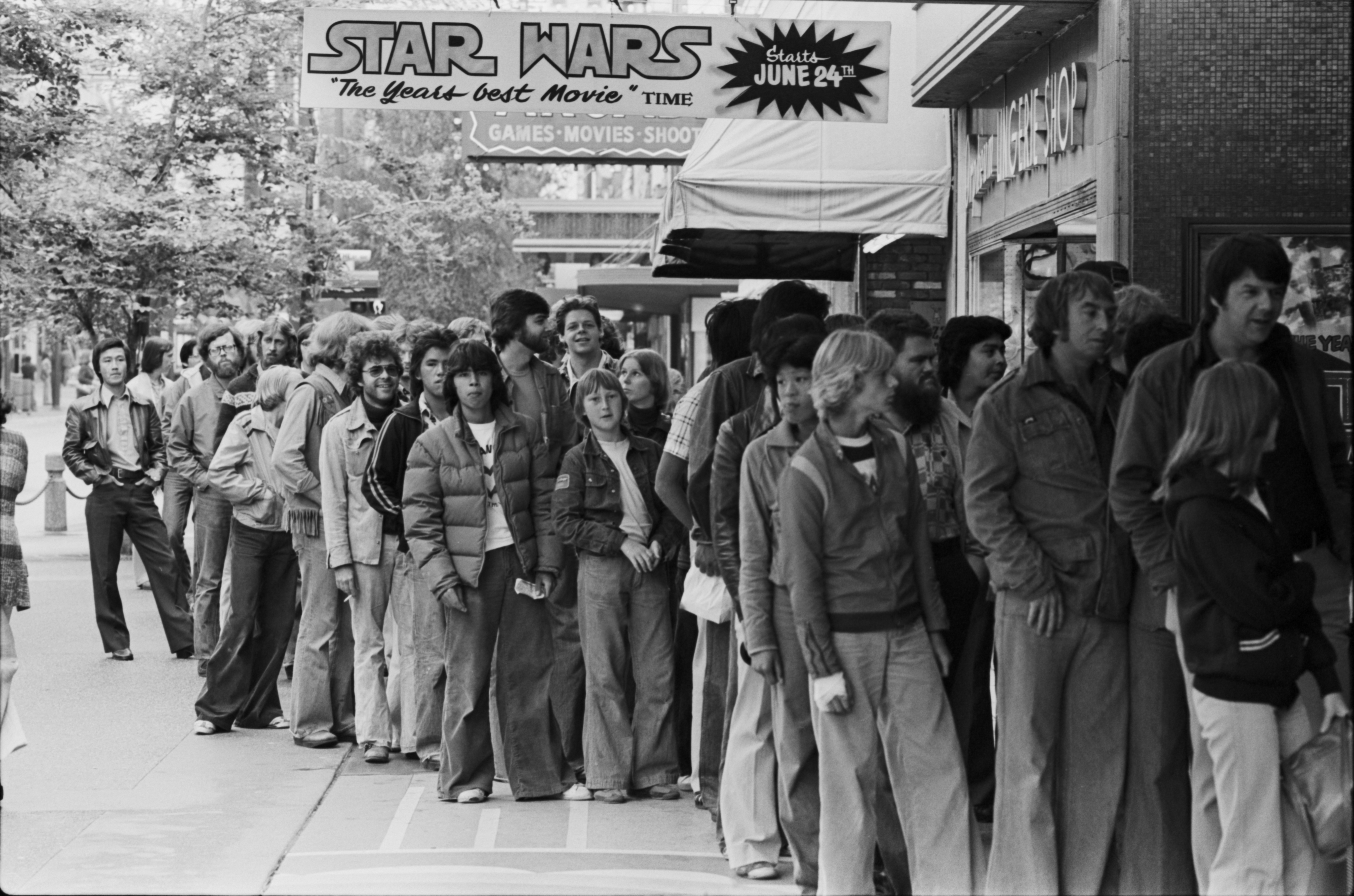
Gordon warns that digitizing images is expensive and time consuming and it might be sometime until the collection is available to the public.
“On average our technician can scan between 80 and 100 images a day, and an archivist can describe anywhere from 100 to 200 images a day,” says Gordon. “The average cost per day is about $240 for the technician and about $330 for the archivist.”
Prior to the Postmedia donation, CVA had 130,000 images available online—roughly 8% of their collection.
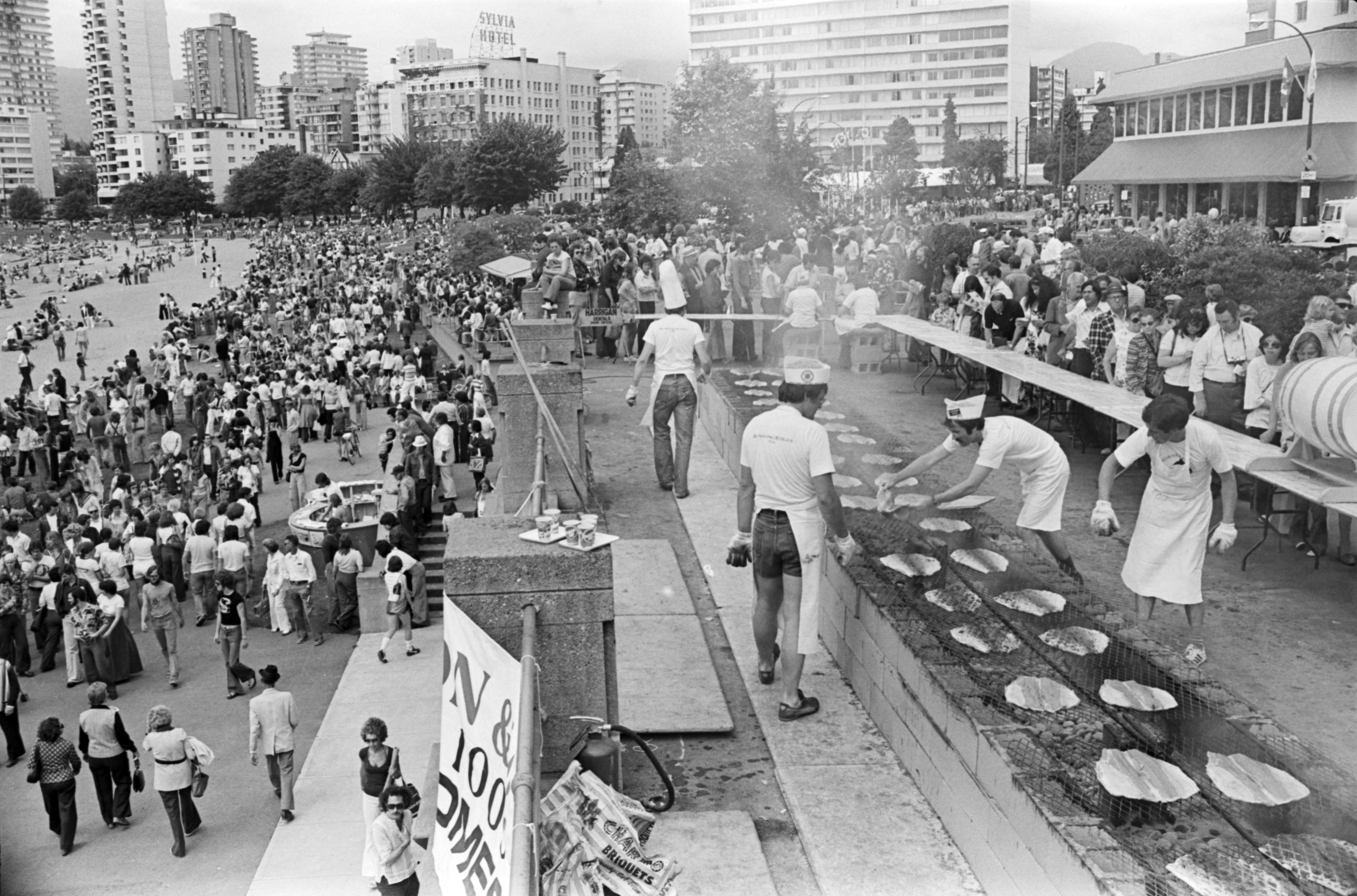
Last year, thousands of photos were digitized including more than 4,300 from the City heritage inventory as well as Habitat Forum photos.
Gordon says they plan to add another 20,000 images this year which will include the Paul Yee Fonds and about 5,300 Don Coltman photos from the Williams Brothers Photographers collection.
A number of factors come into play when deciding what to digitize next, she says, including public interest in the content, physical condition, and most importantly—funding.
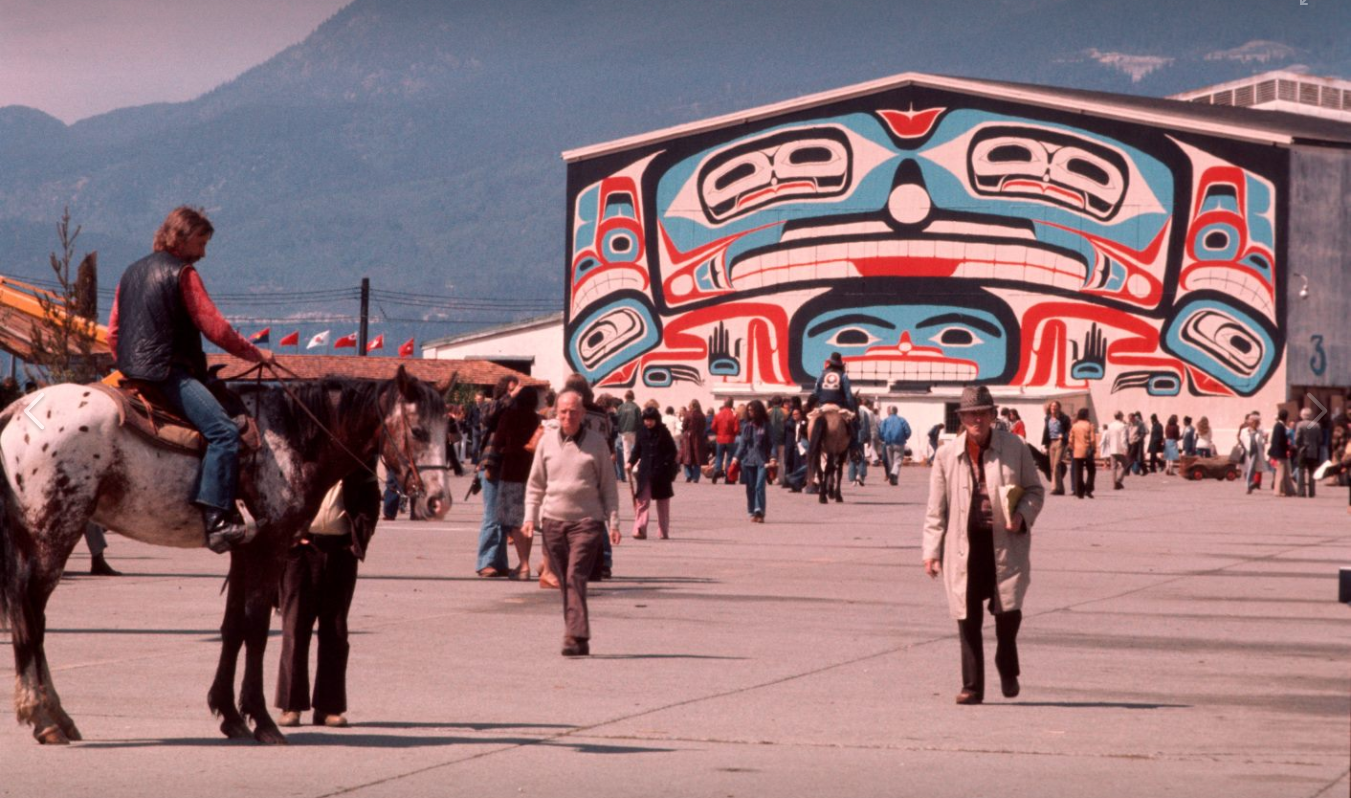
“We rely mostly on grants and private-sector donations to fund our digitization program,” she says. “If someone donates toward digitizing a certain group of records, those records move up the queue.”
Want to see these images get online faster? Here’s how to help:
Make a donation or take out a membership with the Friends of the Vancouver Archives – if you’re an addict like I am it will be the best twenty bucks you’ve ever spent.
© All rights reserved. Unless otherwise indicated, all blog content copyright Eve Lazarus.


